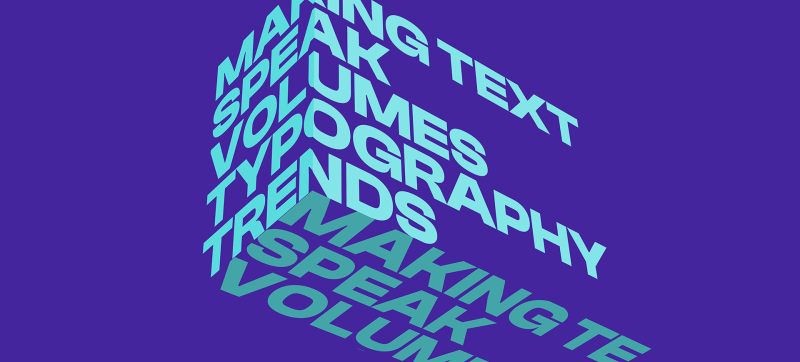
“You are just a machine. An imitation of life."
In an era where Artificial Intelligence is making strides in various fields, it's crucial to acknowledge its limitations, especially within the realm of design and development.
Detective Spooner (Will Smith) in iRobot said “Human beings have dreams. Even dogs have dreams, but not you, you are just a machine. An imitation of life.” While AI boasts impressive capabilities, there are still aspects of creativity, intuition, and human touch that it cannot replicate.
Let's jump into 9 things AI can't do within a design and development project.
AI's Blind Spots in Understanding Human Elements
- Embracing Human Emotions: Design isn't just about pixels and layouts; it's about creating emotion, and that's something AI struggles to grasp as it requires a deep understanding of human psychology and emotional nuances. For example - designing an interface for a grief support web platform. AI may excel at organising the data and pages, but it can't truly comprehend the delicate emotional needs of users navigating trauma, or loss.
- Contextual understanding: Ever tried explaining a joke to a robot? That's how it feels when we expect AI to understand the context behind design decisions. For example - creating a branding strategy for a local festival deeply rooted in cultural traditions. While AI can analyse data, it may lack the cultural sensitivity to capture the festival's essence authentically, therefore discouraging users.
- Ethical Decision-Making: AI lacks a moral compass and cannot make ethical decisions autonomously. Designers must navigate complex ethical considerations, such as data privacy, inclusivity, and societal impact, which require human judgement and values. These guidelines are constantly being tweaked in the modern world and differ from location and user group.
AI Creative Limitations
- Creativity Beyond Patterns: While AI can generate designs based on existing patterns and data, it struggles with truly innovative and out-of-the-box ideas that stem from human creativity, imagination, and intuition. For instance, AI may lack the capacity to creatively come up with a logo concept using whitespace to craft a distinctive shape by merging brand letters or ingeniously playing with words.
- Iterative Intuition: The iterative design process involves constant refinement based on intuition and user feedback. AI may optimise based on data, but it cannot replicate the designer's instinctual understanding of what will resonate with users on a deeper level. In other words - AI doesn't have gut feelings.
- Complex Problem-Solving: Design often involves solving complex problems that require critical thinking, adaptability, and lateral thought processes which are attributes that are challenging for AI to replicate. For example, a sports store looking to add an instant win gamification feature to their existing website. The AI will be able to analyse the analytics of user engagement but it can’t brainstorm innovative game mechanics within the existing brand guidelines.
AI Limitations in Collaboration and Interpretation
- Cultural Sensitivity: Designing for diverse audiences necessitates a deep understanding of cultural nuances, preferences, and sensitivities. It's like asking a tourist to navigate a maze without a map – without human guidance, AI struggles to navigate the cultural landscape.
- Interpersonal Collaboration: Collaboration and communication among team members play a crucial role in design and development projects. While AI can facilitate certain aspects of collaboration, it cannot replace the dynamic exchange of ideas and feedback among humans. AI can’t run a workshop with developers, designers and project managers to come up with a plan of action on a particularly complex project.
- Inspiration and Intuition: Finally, perhaps the most significant aspect AI lacks is the ability to be inspired or to intuitively grasp the essence of a design problem. Designers draw upon personal experiences, intuition, and creative inspiration, which are difficult to quantify and replicate in an algorithm.
While AI continues to advance and augment various aspects of design and development, it's essential to recognize and appreciate the distinct strengths of human designers. By leveraging AI as a tool rather than a replacement for human creativity and ingenuity, we can harness its potential while preserving the irreplaceable human touch in design.



